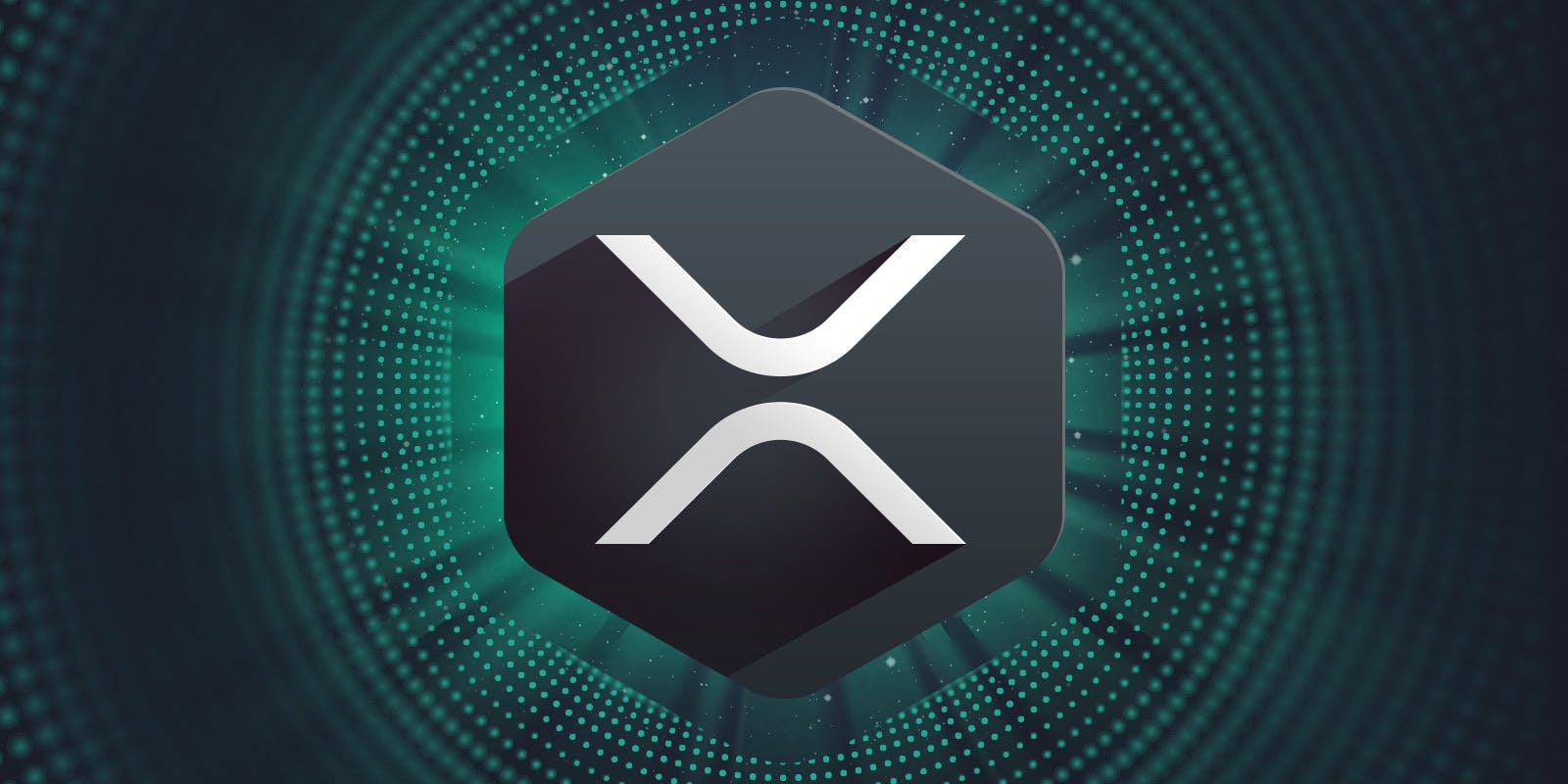What is XRP?
XRP is a digital asset built for payments. It is the native digital asset on the XRP Ledger - an open source, permissionless and decentralised blockchain technology that can settle transactions in 3-5 seconds.
XRP can be sent directly without needing a central intermediary, making it a convenient instrument in bridging two different currencies quickly and efficiently. It offers financial institutions the fastest, most reliable option for sourcing liquidity on-demand.
At the time of writing, XRP is the seventh largest cryptocurrency by market capitalisation and is traded on over 140 exchanges worldwide.
XRP’s key features: The digital asset for payments
XRP is a digital asset native to the XRP Ledger. Anyone with a cryptographic key and an internet connection can receive, hold, and send XRP to anyone else. XRP's creators developed it to be a desirable bridge currency that can facilitate trades in any other currency. XRP has many properties which make it an appealing asset for many other use cases, too:
- Fast, Efficient Consensus Algorithm: The XRP Ledger's consensus algorithm settles transactions in 3-5 seconds, processing at a throughput of up to 1500 transactions per second. These properties put XRP at least an order of magnitude ahead of other top digital assets.
- Finite XRP Supply: When the XRP Ledger began, 100 billion XRP were created, and no more XRP will ever be created. (Each XRP is subdivisible down to 6 decimal places, for a grand total of 100 quadrillion (10^17) drops of XRP.) The available supply of XRP decreases slowly over time as small amounts are destroyed to pay transaction costs.
- Responsible Software Governance: A team of full-time, world-class developers at Ripple maintain and continually improve the XRP Ledger's underlying software. Ripple acts as a steward for the technology and an advocate for its interests, and builds constructive relationships with governments and financial institutions worldwide.
- Secure, Adaptable Cryptography: The XRP Ledger relies on industry standard digital signature systems like ECDSA (the same scheme used by Bitcoin) but also supports modern, efficient algorithms like Ed25519. The extensible nature of the XRP Ledger's software makes it possible to add and disable algorithms as the state of the art in cryptography advances.
- Modern Features for Smart Contracts: Features like Escrow, Checks, and Payment Channels support cutting-edge financial applications including the Interledger Protocol. This toolbox of advanced features comes with safety features like a process for amending the network and separate checks against invariant constraints.
- On-Ledger Decentralised Exchange: In addition to all the features that make XRP useful on its own, the XRP Ledger also has a fully-functional accounting system for tracking and trading obligations denominated in any way users want, and an exchange built into the protocol. The XRP Ledger can settle long, cross-currency payment paths and exchanges of multiple currencies in atomic transactions, bridging gaps of trust with XRP.
How is XRP used?
Faster, less costly and more scalable than any other highly liquid digital asset, XRP and the XRP Ledger are used to power innovative technology across the payments space.
Ripple is a technology company that makes it easier to build a high-performance, global payments business through its platform, RippleNet. XRP is a digital asset independent of this, and is used in Ripple’s On-Demand Liquidity (ODL) service to facilitate efficient and cost-effective cross-border transactions by bridging two fiat currencies in seconds.
Third parties are also pursuing other XRP-related use cases , such as in gaming, micropayments, music, payment processing and security.
How does the XRP Ledger work?
The ledger is maintained by independent participants of a global “XRP Community”, of which Ripple is an active member.
Independent validator nodes come to an agreement on the order and validity of XRP transactions. This agreement, called consensus, serves as the final and irreversible settlement. The ledger reaches consensus on all outstanding transactions every 3-5 seconds, at which point a new ledger is issued. Anyone can be a validator, and active validators on the ledger today include universities, exchanges or financial institutions. There are currently 35+ validators on the Unique Node List (UNL) and 140 validators in total from around the globe.
What is the consensus protocol?
The XRP Ledger uses a consensus protocol that relies on a majority of validators to record and verify transactions without incentivising any one party. Validators are different from miners because they aren’t paid when they order and validate transactions. Today, these validators operate at locations across the globe and are run by a broad range of individuals, institutions, asset exchanges and more.
Put simply, the XRP Ledger is based on an inherently decentralised, democratic, consensus mechanism — which no one party can control.
Conclusion
XRP is highly secure and liquid, being traded on over 140 exchanges. It’s consensus algorithm settles transactions in just 3-5 seconds, and can handle 1,500 transactions per second, making it the most scalable digital asset. With a 7-year track record, it is also highly stable, with negligible energy consumption when compared with other proof-of-work tokens.
Keen to add XRP to your portfolio? The good news is this is now possible with the SwissBorg app! Exchange XRP with 15 different fiats and more than 60 cryptos all in one app, and get the best price on every exchange with our revolutionary Smart Engine.
